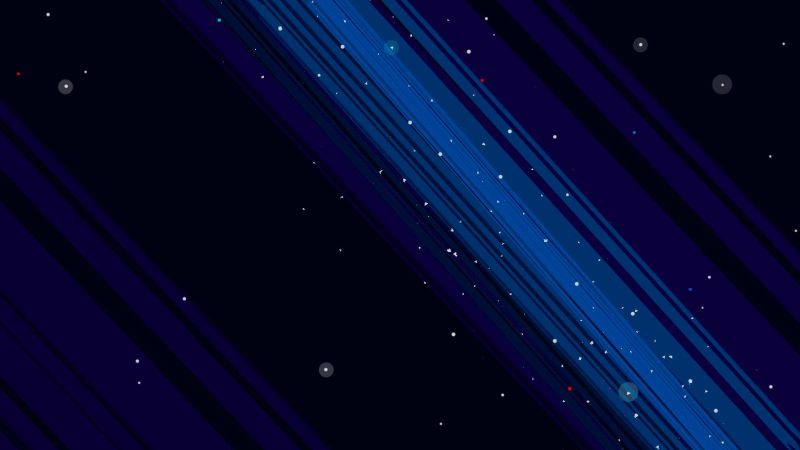
Brace Yourself! Earth is About to Welcome a Rocky Visitor from Space!
To the surprise of astrobiologists everywhere, a sample of a near-Earth asteroid is about to arrive on Earth. After many years of planning, the Asteroid Sample Return (ASR) mission, a joint effort of NASA, ESA (European Space Agency), and JAXA (Japan Aerospace Exploration Agency), has finally come to fruition.
The ASTERIA spacecraft, a joint venture of NASA and JAXA, successfully launched and helped gather the asteroid sample in the summer of 2020. ASTERIA has captured images as well as analysis of the make-up of the asteroid. Additionally, ASTERIA provided crucial mission control and navigation during the sample’s return journey to Earth.
Asteroids are something of a mystery to scientists. By bringing a sample of an asteroid back to Earth, scientists can begin to understand the characteristics and composition of these celestial neighbors. This will allow us to further explore the evolution of our solar system and its relationship to life on Earth.
On April 7, 2021, the asteroid sample will touch down in the Utah desert and will be collected by a special team of researchers and experts. From that point, the asteroid sample will be preserved and studied at NASA’s Johnson Space Center in Houston, TX.
The sample will be studied intensely and many tests will be performed in order to gain as much information as possible about the structure and composition of the asteroid. One of the most important elements of the precise analysis will be the image taken by ASTERIA – a snapshot of a small portion of the asteroid.
Finally, the sample will be carefully packaged and transported to Johnson Space Center in Houston. It is from there that the researchers will be able to examine the sample and hopefully form a better understanding of the composition of asteroids.
Though the Asteroid Sample Return mission has been long awaited, it has finally been met with success. We can now look forward to gaining insight into the mysterious world of asteroids. With an asteroid sample now on Earth, we can expect to learn a whole lot more about the formation of our solar system and what lies beyond.
